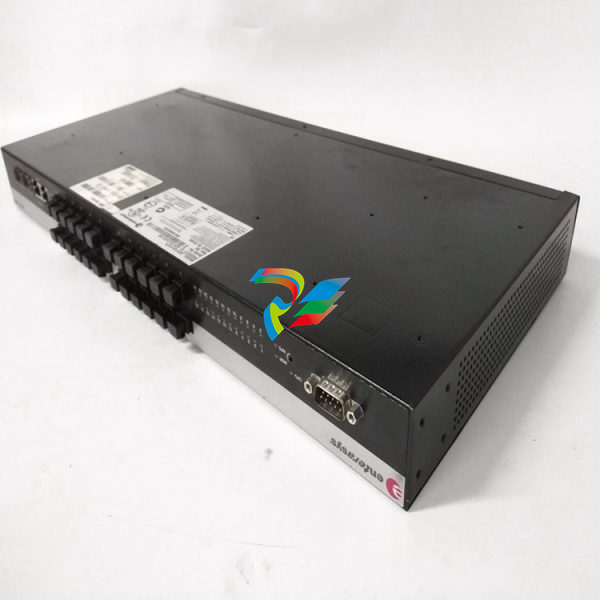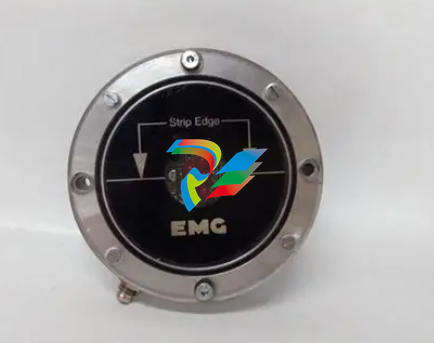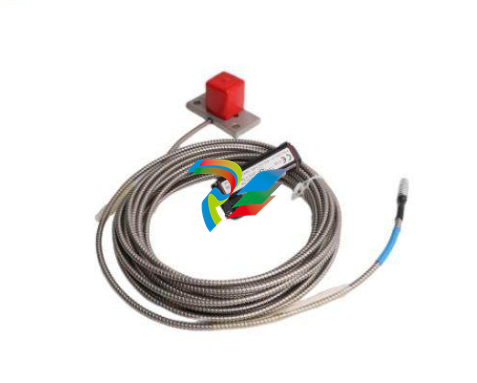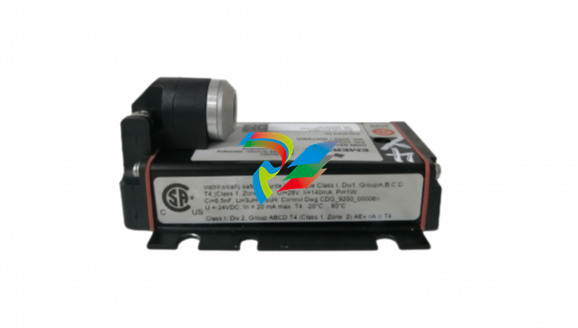
ABBIndustrial Networks Connecting Controllers via OPC
provided they are situated in different communication interfaces. That is, multiple
interfaces can receive the same CDP. The cycle time determines how often the data
of the CDP is transferred on the bus. When a CDP is transferred on the Advant
Fieldbus 100, the interval between consecutive transfers is always the same, the
cycle time. Thus, process data transfer is deterministic, regardless of which other
tasks the communication interfaces perform.
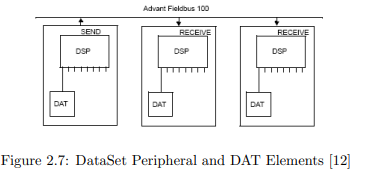
Figure 2.7: DataSet Peripheral and DAT Elements [12]
In AC160, one so-called DataSet Peripheral (DSP) can reference up to eight
32-bit values called Database Elements (DATs). Each DSP uses one CDP to be
transported on the AF100, and can therefore be configured for example with an
individual cycle time. In addition to cyclic message transfer, AF100 offers the
possibilities to send event-based messages using the Service Data Protocol (SDP).
This does not influence the cyclic data transfer at all. At a bus length up to 2000m
it is therefore necessary to keep the cyclic bus load under 70% in order to have
extra space for messages (depicted as gray fields in Figure 2.6) [12].
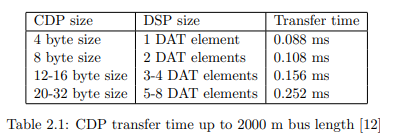
2.4.2 PROFIBUS DPV0
PROFIBUS (PROcess FIeld BUS) is one of the world’s most widely used fieldbuses and was launched in 1989 by a consortium of companies and institutions.
Until today it was continuously enhanced and extended [13]. It is available in three
variations:
• PROFIBUS-FMS (Field Message Specification) was the first PROFIBUS
communications protocol. It offers sophisticated functionality but is no longer
officially supported.
• PROFIBUS-DP (Decentralized Peripherals) has been designed for fast cyclic
data exchange at field level and is today often referred to DPV0. This specification was extended with DPV1 for acyclic and alarm communication and
DPV2 for slave-to-slave and isochronous communication as well as synchronized system time.
• PROFIBUS-PA (Process Automation) is used for the connection of devices
to a superior process control system. It supports intrinsic safe transmission
[14].
For this thesis, only the DPV0 protocol specification is relevant. Therefore,
when writing PROFIBUS, we are always referring to this specification. DPV0
allows the cyclic exchange of data from a master (initiator) to slaves and vice versa
at a high data rate up to 12 Mbit/s. Communication is organized in input and
output modules of defined size (e.g. one word or four bytes) for every slave, which
then are transmitted completely (non differential) once per cycle. The cycle time
depends on the number of bytes and slaves as well as on timeout settings. The
specified input and output data of one slave is limited to 244 byte each. While the
physical connection can also be established using fiber optics, we used the more
conventional EIA-485 electrical twisted pair connection.
PROFIBUS slaves come with a GSD-File (“Geraete-Stammdaten” in German)
which is an electronic device specification. Most PROFIBUS master systems allow
to directly import the GSD-Files of previously unknown slaves in order to include
them in the bus planning. That makes it easy and comfortable to build PROFIBUS
networks with slaves from different vendors.
2.4.3 MMS
The Manufacturing Message Specification MMS is an application level protocol developed during the eighties by General Motors. Its main goal was to unify communication to controllers independent of manufacturers. Other automobile, aerospace
and PLC companies adopted the protocol and since 1990 MMS is standardized in
ISO/IEC 9506 [15]. While being very general and open, MMS is reputed as heavy,
complicated and costly. Nevertheless MMS was an important step in development
and due to its independence of the underlying communication protocol it is still
being used today. Furthermore it worked as a reference model and has influenced
other protocols. Since 2002 the standard IEC 61850 for “Communication networks
and systems in substations” based on TCP/IP over Ethernet defines the mapping
onto MMS [16].
MMS is used as the main communication protocol for AC800M. On one hand,
this is the communication between controller and the superior control and engineering system, on the other hand the communication between several controllers
of this type as shown in Figure 2.8. One telegram can reach a size up to 1024 bytes
including the header, containing a maximum of 159 integers or 136 floats [17]

2.5 Personal Computer
For our tests we used a personal computer containing an Intel Pentium 4 processor
at a speed of 3.2 GHz and 2 GB memory running a Microsoft Windows Server 2003
R2 operating system
2.5.1 800xA and Development Environment
In order to setup, program and run ABB components, an Industrial IT 800xA
environment was installed on the personal computer. Besides a lot of additional
resources, this installation also encompasses the application development systems
for both controller types.
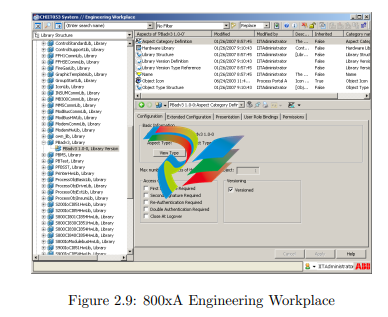
The development environment to program the AC160 was Control Builder A
(CBA) consisting of Application Builder, Function Chart Builder and Bus Configuration Builder. To program the AC800M controller, the engineering tool Control
Builder M was used.
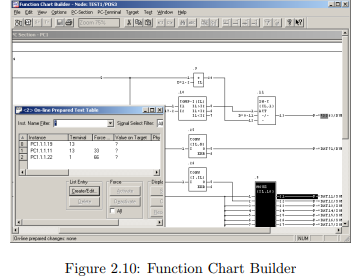

2.5.2 AF100 Communication
To establish connection to the AF100 fieldbus, we inserted an ABB CI527 PCI card

